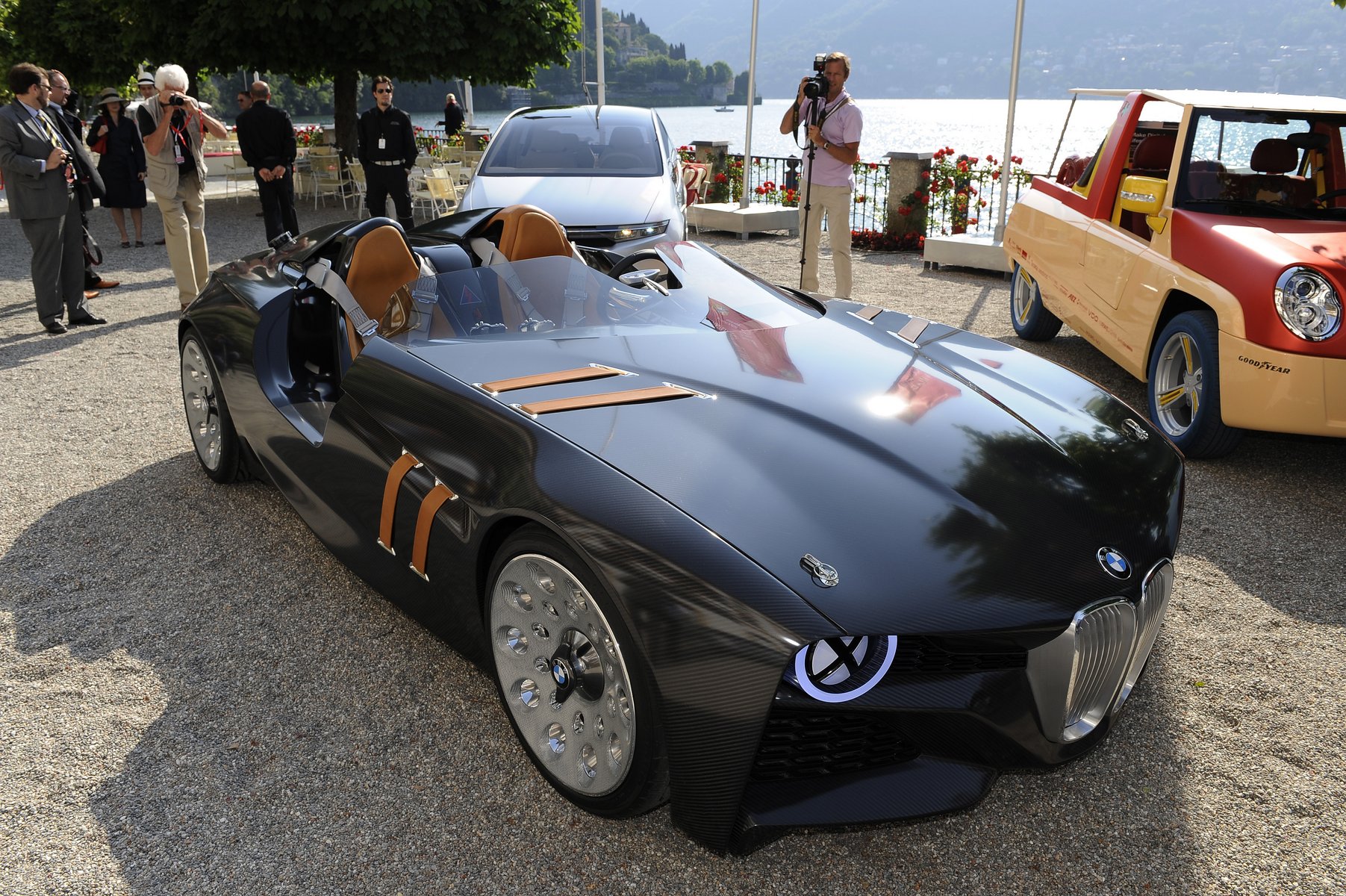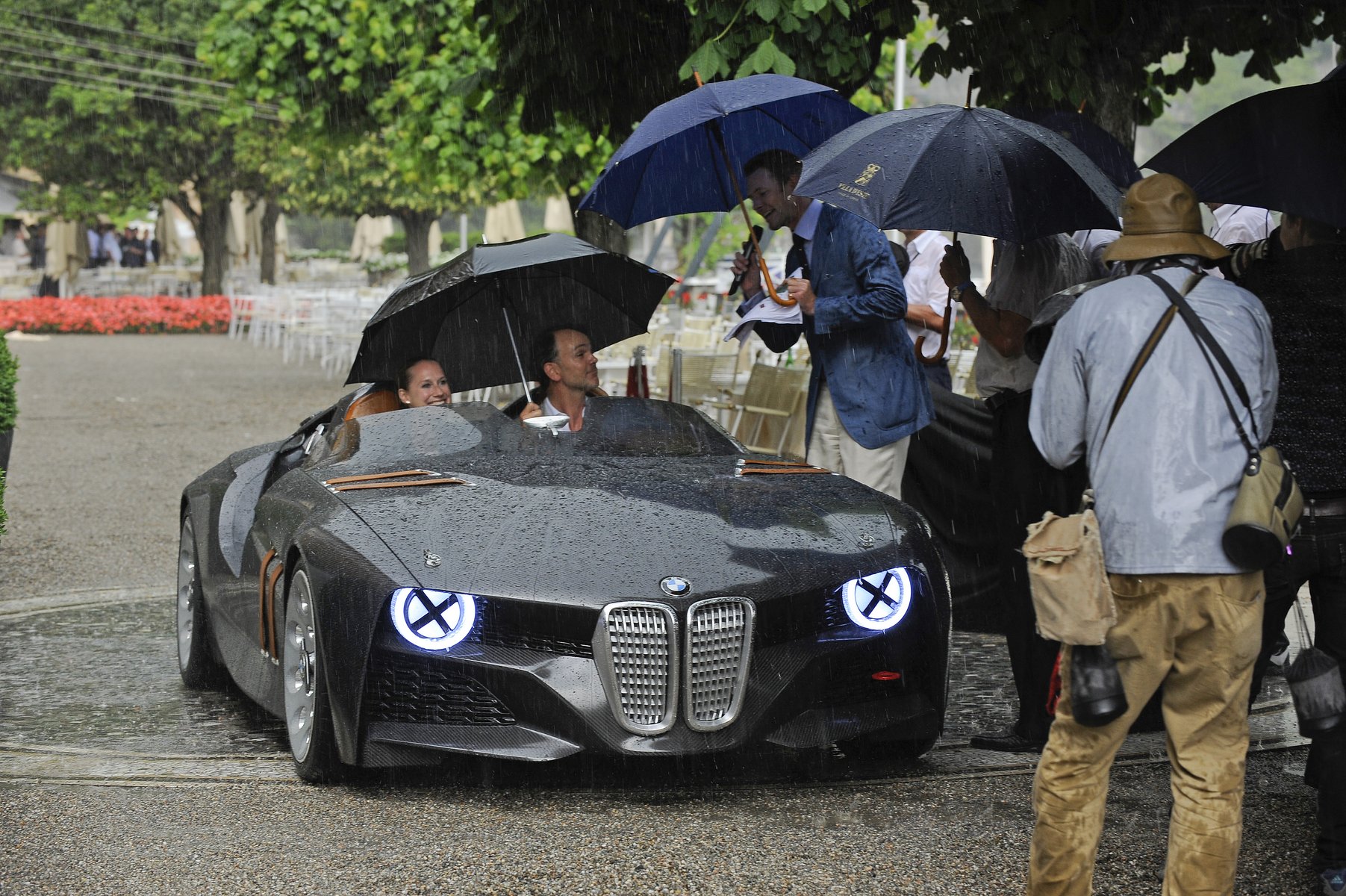BMW introduced the 328 Roadster at the 1936 Summer Olympics held in Berlin, Germany. The car was designed by Kurt Joachimson, but owing to his Jewish background, the German government did not credit him with the work. The car was admired by Hitler and he even went on to own one.
Initially introduced only for racing purposes, the BMW 328 Roadster was the first modern sportscar. It was fitted with a 2.0-liter straight-6 engine that could produce 80 bhp. For its era, the car was hyper-advanced. It had an independent rear suspension and the construction was done using lightweight metals like aluminum and magnesium. The hydraulic brake system and the headlights, that were “integrated into the front metal” to improve aerodynamics, attracted the attention of automotive fans all over the world.
The design of the car was clean and sleek. On the outlook, it bore resemblance to its ancestor, the 319/1 Roadster- the low–slung exterior and the flowing wings. The two-seat cockpit was neatly done and featured a string of innovative features.
The car came into the market just seven years after BMW had started manufacturing vehicles. In 1935, the company decided to build a sportscar that could compete with the likes of Aston Martin, Alpha Romeo and Fiat in the 2.0-liter category.
Short on budget, BMW could not afford to build another car. So they decided to work on the 319/1 Roadster, which had a 2.0-liter engine. Subsequently, the work was carried out on the car and although the construction of the engine came under scrutiny, the critics were amazed by the performance of the 328 Roadster.
Ernst Henne won the Eifelrennen at the Nurburgring in June 1936 driving the 328. He beat a turbocharged Alfa Romeo to the finish line by two-and-half minutes. Following the race, German magazine, Motor and Sport wrote: “…incredible what Henne gets out of his new two liter…his sportscar is faster than any compressor competitor…in a class of its own”.
The following year, in spring, the deliveries of the vehicle commenced. Apart from being a fast performance car, the 328 Roadster was also a capable touring vehicle. This made it popular among the Germans. Yet, only 464 models of the car were produced and 40 of those were used on the race circuit, wining over 200 races and 100 gold medals.
In 1938, the BMW 328 won the Le Mans and the Mille Miglia- the latter being an open road endurance race in Italy that lasted roughly a thousand Roman miles. Englishman A.F.P. Fane drove the 328 to victory after averaging a speed of 119.2 km/h throughout the race- a remarkable feat considering the “hazardous nature of the Mille Miglia route at the time, which went along unclosed public roads, across mountains and through numerous towns and villages”.
Two years later, the BMW 328 came out triumphant at the inaugural Gran Premio Brescia delle Mille Miglia- which remains a “milestone” in the history of BMW. The company scored the overall win and the team win. It has to be noted that the car used for the event was not a not a roadster, but a 120 bhp coupe, especially designed for such races in Milan.
The BMW 328 dominated the racing world for nearly half-decade, although its production ceased in 1940, owing to the World War II. By then, it had already become a classic.
Hence, in 2011, on the car’s 75th anniversary, BMW released the 328 Hommage Roadster. It is based on the same principles as the original 328 Roadster, but is built and crafted with a “contemporary approach”. The car is coherent, lightweight and features a stunning aerodynamic design. The round headlamps and the kidney grills are similar to the original 328 Roadster. The car comes with an open top and has no doors- giving it a conventional old-school touch. The wheel design is classic 1930s and innovative features have been instituted in the car.
Carbon-fiber re-infused plastic has been used to reduce weight. The same concept is also found in the M3, the M6 and the i-Series. In addition, the car has not been coated with any exterior paint-saving some additional weight. Not to forget, the 328 Hommage Roadster is based on the BMW Vision EffecientDynamics.
The interiors are elegant and feature two i-phones that will be used to display functions. Engine is a 3.0-liter straight-six (BMW did not reveal any more details).
All these features make the 328 Hommage a car that should be produced by BMW, and not a car that should remain as a concept. After all, why wouldn’t customers pay a premium for it? The technology is high-grade, design is revolutionary (combining styles of past and future) and it is likely to be quick on the roads.
The car was launched at a price of 7,400 reichsmarks in 1937. This converts to about $250,000 in the modern-day currency. Even at that price tag, without a doubt BMW would find enough customers for it. Price it a bit lower and you’ll have to fight for it.
In 1999, the 328 Roadster was one of the 25 finalists for the title of the “Car of the Century”. The car is truly unique and BMW can prolong its legacy to building the 328 Hommage Roadster.








































































































